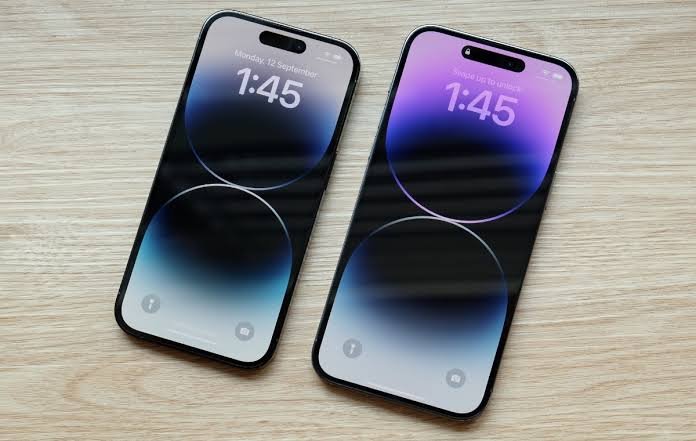Overview
With the upcoming iPhone 17 series, Apple continues to lead the way in innovation, as it has always done. A number of unexpected technological advances are being promised by this family of smartphones, especially in the areas of battery management, simplicity of repair, and aesthetically pleasing design. In addition to launching the iPhone 17 Air, Apple has also integrated a cutting-edge adhesive technology that has the potential to completely alter our perception of smartphone repairs.
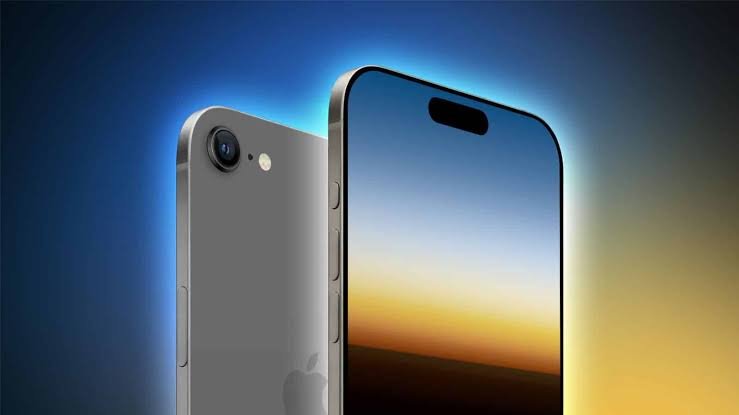
These insights come from well-known Apple leaker Maijin Bu, who has shared some amazing information regarding the iPhone 17 series. This essay explores the significant disclosures and considers the potential implications for the smartphone market as a whole.
A Novel Adhesion Agent for Energy Storage
The way Apple will handle battery replacements for its iPhone 17 series is one of the more notable leaks. Traditionally, Apple products’ batteries have been cemented into place, making it difficult to remove and replace them without expert assistance. This strategy has been successful in making gadgets smaller and more sleek, but it has presented difficulties for both consumers and service professionals. It was frequently necessary to remove the batteries using force, pry tools, and heat guns, which raised questions about potential harm to other internal parts.
To drastically lessen the glue’s adherence, Apple is launching a novel approach that involves passing an electrical current through the adhesive. Users won’t require complicated tools or run the risk of damaging the gadget when removing and replacing batteries thanks to this innovative adhesive technology. A new strip of glue will be needed to hold a new battery in place after the old one has been removed.
Since the technology was first introduced in the iPhone 16 series, this is not totally uncharted terrain for Apple. However, based on feedback from Genius Bar repairs, it appears Apple is getting ready to completely integrate this capability in the iPhone 17 family. Apple has addressed a major issue in contemporary smartphone design by introducing an upgrade that allows phones to be both ultra-thin and repairable.
Modern Smartphones’ Need for Repairability
The move toward repairability is a reaction to mounting regulatory pressure, mainly from the European Union, as well as a consumer-friendly approach. In response to growing environmental concerns, the EU has been pushing for more easily repairable and sustainable technologies. Apple’s recently introduced adhesive system is a positive move that strikes a balance between environmental stewardship and svelte design.
As DIY repairs become more practical, users may find that they make fewer journeys to the Apple Store to replace their batteries. Additionally, it makes it possible for independent repair services to run more effectively, which will reduce consumer repair costs without sacrificing the integrity of the device.
The New Lightweight Contender, the iPhone 17 Air
An additional noteworthy disclosure is the unveiling of the iPhone 17 Air, a new model that will take the place of the iPhone Plus. Aiming to satisfy consumers who value portability and style above all else, the iPhone 17 Air is the lightest and thinnest premium smartphone available.
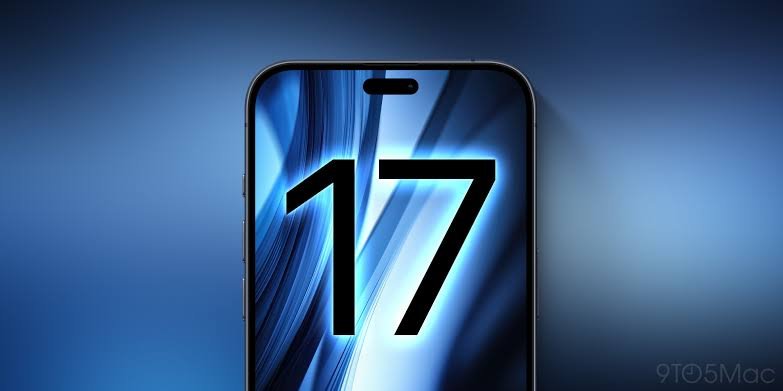
The iPhone Plus line’s discontinuation by Apple may have been motivated by changing consumer demands. There is a clear trend toward smaller, sleeker handsets, and the iPhone 17 Air is anticipated to close this gap. By emphasizing design innovation, Apple may reach a growing market of consumers who desire high-end functionality without the weight and size of larger phones.
Thinner, Lighter, Sleeker: The Design Philosophy
Significant modifications to the device’s internal structure are necessary to achieve this ultra-thin construction. In order to reduce overall weight and internal clutter, the new model is anticipated to replace conventional screws, mounting brackets, and clips with adhesives. Although the electronics industry has always used glue to join components, as was previously said, Apple’s new adhesive technology is anticipated to make the procedure more effective and reversible.
Apart from its lightweight design, the iPhone 17 Air is anticipated to feature an elegant appearance and superior materials. Users who want a balance between performance and aesthetics will probably be drawn to Apple’s emphasis on fusing form and function.
Effect on the Market for Premium Smartphones
Apple’s strategy has changed significantly with the release of the iPhone 17 Air, and this could have an impact on the entire smartphone market. Apple’s daring step toward extreme mobility will probably force rival companies like Samsung, Google, and Huawei to reevaluate their own design philosophies. More innovation in the market could result from the success of the iPhone 17 Air, which could establish new standards for incredibly thin smartphones with premium functionality.
Improvements in Battery Efficiency and Performance
It has been rumored that Apple is prioritizing battery efficiency with the iPhone 17 series in addition to design enhancements. In addition to making battery replacement simpler with the new adhesive technique, Apple is also believed to be implementing cutting-edge battery technology that provide longer life and faster charging.
What Users Should Understand
These improvements could result in the iPhone 17 series offering more dependable battery life for regular users, requiring fewer charges throughout the day. Especially for professionals and computer aficionados who depend heavily on their devices, fast-charging capabilities are expected to be a big selling factor.
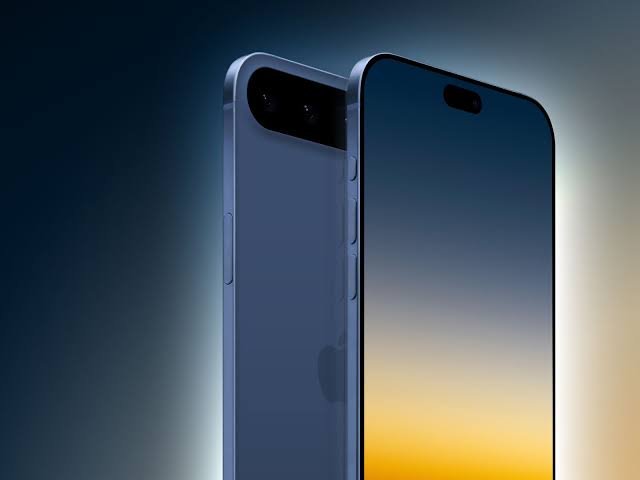
Extended battery life is also essential for newer technologies like virtual reality (VR) and augmented reality (AR), which are both getting more and more incorporated into Apple’s ecosystem. Anticipated hardware for the iPhone 17 series will enable AR/VR capabilities without sacrificing battery life, making it ready for the future of technology.
The iPhone Lineup’s Future at Apple
Apple’s strategic emphasis on design, battery life, and repairability extends beyond the iPhone 17 family and points to a larger trend in the company’s product development. The corporation has consistently demonstrated its dedication to ecological sustainability, and these novel technologies coincide with its objectives of diminishing waste and prolonging the lifespan of its gadgets.
Apple’s Reaction to Ecological and Lawmaker Pressure
The Right to Repair laws of the European Union have significantly influenced how IT businesses approach product design. This regulation forces manufacturers to make their devices easier to fix and maintain. It’s possible that Apple’s new glue technology and repair-friendly designs are a direct response to this legislation. Apple can guarantee adherence to these rules and improve its standing as an environmentally conscious company by increasing the repairability of its products.
Apple has set high standards for itself, such as achieving carbon neutral throughout its supply chain by 2030, which demonstrate its dedication to lowering its carbon footprint. With its longer-lasting batteries and simpler repairs, the iPhone 17 series may be crucial in helping to reach this goal by lowering the demand for new device production.
Conjecture Regarding Updates for the iPhone SE
Though the iPhone 17 series is receiving a lot of attention, there are rumors that the iPhone SE will receive improvements as well. People who desire the essential iPhone experience without having to pay the premium price have always been drawn to Apple’s cost-effective model. It’s unclear if the iPhone SE will use the new adhesive technology or stick with older production techniques.
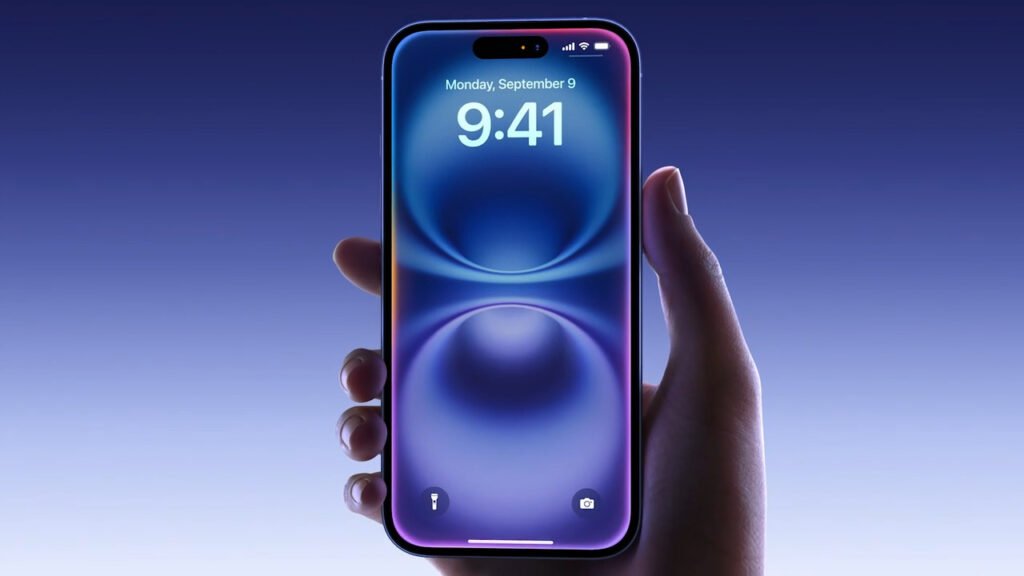
Modern features have been adopted by the iPhone SE later than those of its more expensive rivals. Nevertheless, it’s feasible that Apple will surprise us by including some of these new technology into the upcoming iPhone SE version, given the change in consumer expectations and legal demands. This would present the iPhone SE to buyers on a budget as a more ecologically friendly and repairable device.
Final Thoughts
A significant change in smartphone technology is indicated by the leaked information on Apple’s iPhone 17 series, notably in the areas of design, battery management, and repairability. Apple is moving closer to producing ultra-thin, repairable, and environmentally friendly products with the launch of a new adhesive method. With the addition of the iPhone 17 Air, a new, stylish, and lightweight model, Apple is indicating that it intends to serve a growing segment of the market that values both performance and style.
The goal of the upcoming iPhone series seems to be to strike a balance between environmental responsibility and innovation. Given the mounting pressure from lawmakers and consumers alike on the smartphone industry, Apple’s progressive stance may establish new benchmarks for durability, design, and repairability. With its cutting-edge battery technology and elegant design, the iPhone 17 series is poised to revolutionize not just Apple but the whole smartphone market.
When the iPhone 17 Pro and its siblings go on sale in 2025, consumers may anticipate a more technologically sophisticated, ecologically sensitive, and user-friendly smartphone experience. Apple’s unwavering commitment to innovation keeps pushing the limits of what is possible for a smartphone, and the iPhone 17 series is well-positioned to spearhead the advancement of mobile technology in the future.

